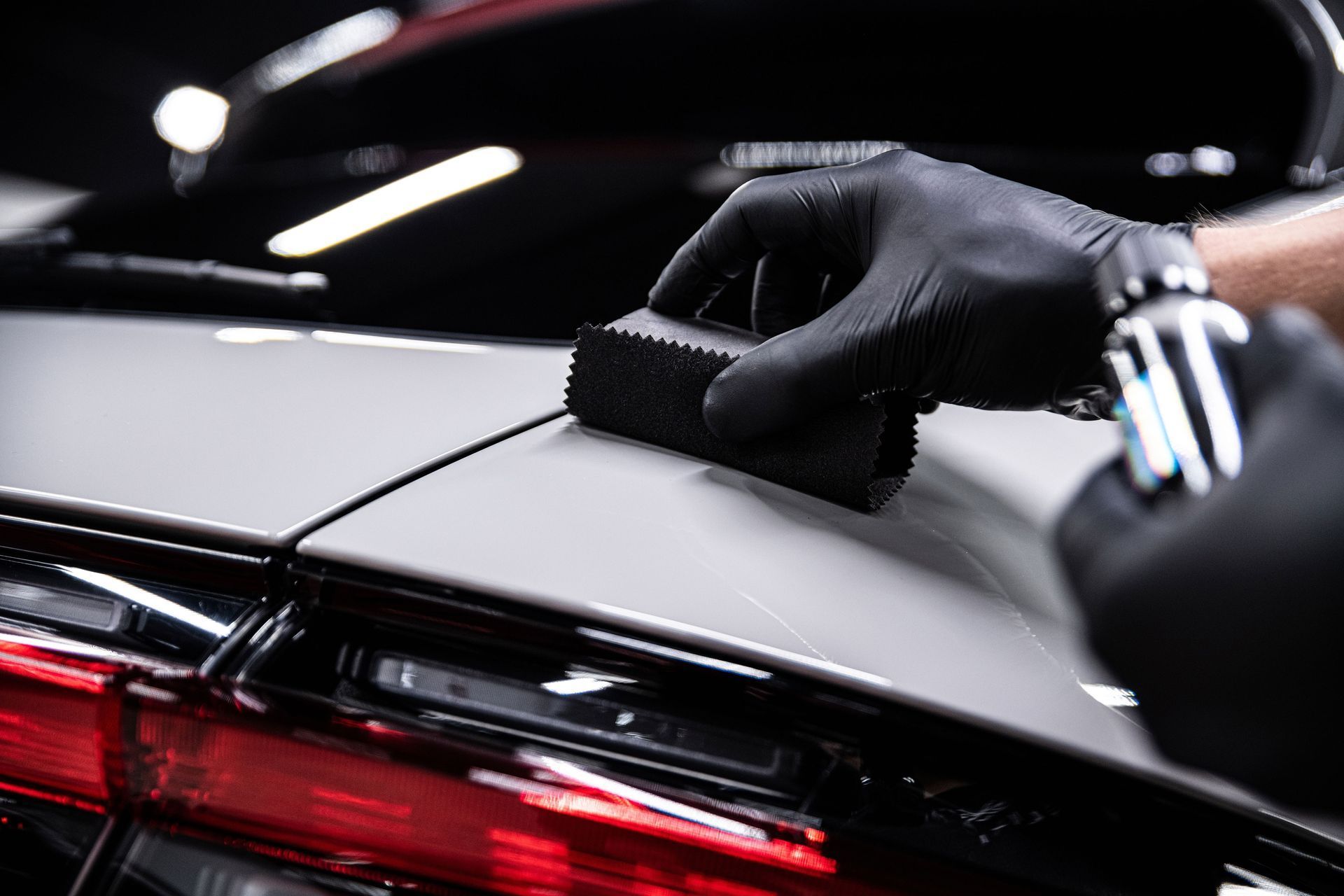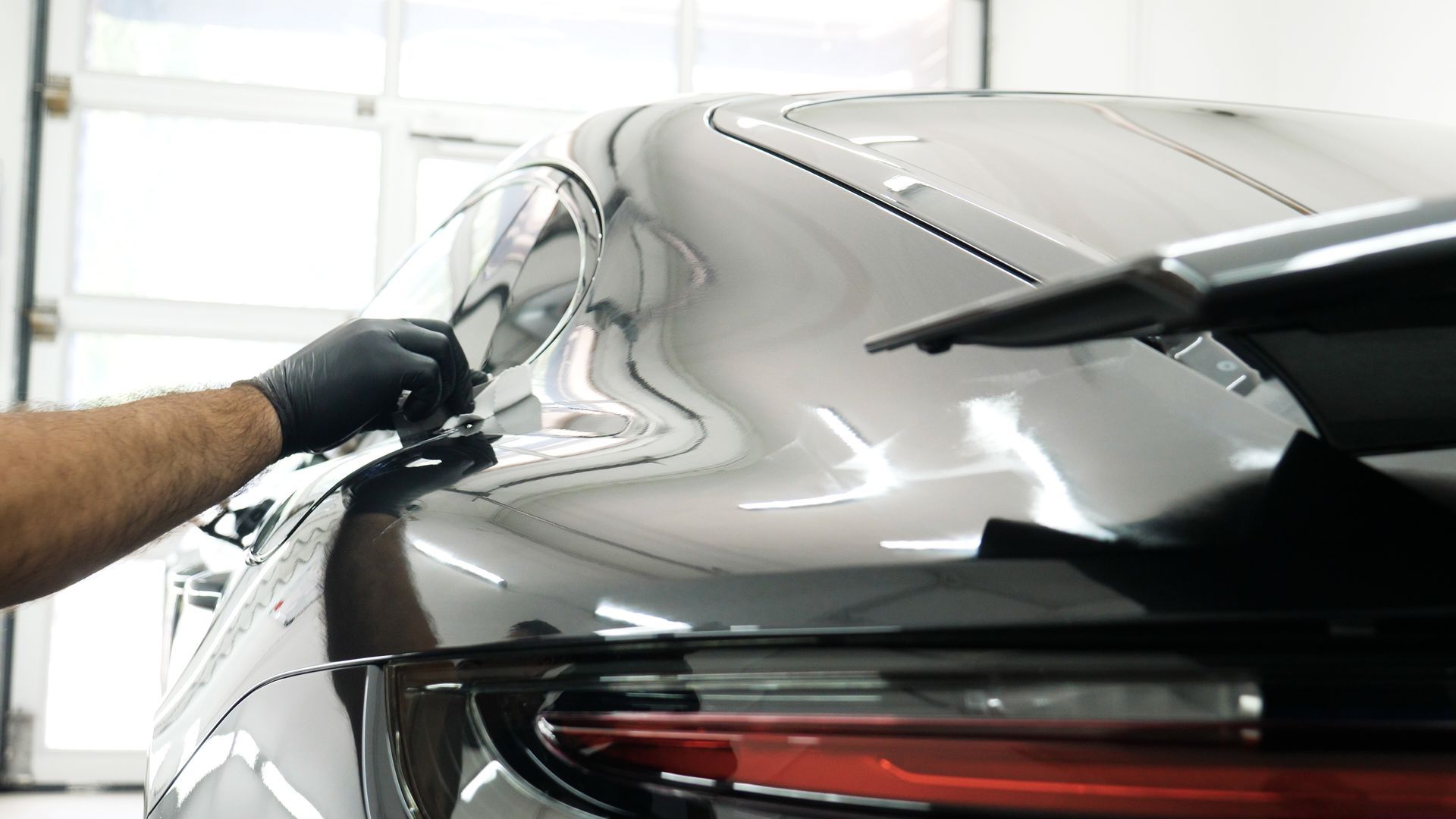When you invest in a ceramic coating for your vehicle, you’re not just adding a shiny layer; you’re committing to keeping your car looking its best for years to come. But how do you know when that protective layer has started to fade? It’s a question many car owners ask, especially after putting time and money into achieving that perfect finish. Fortunately, some clear signs and indicators can help you identify when it’s time to reassess the health of your ceramic coating. By knowing what to look out for, you can keep your car gleaming and protected from the elements, ensuring that your investment continues to pay off. Let’s dive into those key indicators and help you stay ahead of any wear and tear.
The primary signs that
ceramic coating is wearing off include a noticeable fading or dull appearance of the paint, a decreased water beading effect indicating diminished hydrophobic properties, and an increase in visible scratches and swirls despite regular maintenance. Regular inspections and attention to these indicators will help ensure your vehicle’s protective layer remains effective.

Signs of Ceramic Coating Wearing Off
One of the first indicators that your ceramic coating is losing its effectiveness is a change in how your vehicle looks. You might notice dull patches where the once-smooth surface begins to appear lifeless, hinting that the protective layer is starting to break down.
In addition to this, you should pay attention to how water reacts with your car's surface. The characteristic hydrophobic effect, which makes water bead up and roll off, tends to diminish over time. When you see that the water no longer dances across the paint but instead flattens out, it’s a clear sign that the coating’s properties are waning.
Another aspect worth monitoring is the appearance of scratches and swirls on your vehicle’s finish despite regular washing and detailing. These blemishes are often the result of inadequate protection from elements like dirt and debris, indicating that your ceramic coat may not be as robust as it once was.
Besides visual deterioration, there are specific indicators you can look for to assess the coating’s condition more accurately.
High Spots and Application Issues
High spots can be another significant telltale sign of wear or improper application. These appear as shiny patches on the surface, contrasting sharply with surrounding areas that look matte or less glossy. This anomaly typically results from uneven application during the initial coating process or from products that have not settled correctly.
Addressing high spots promptly is essential; if left unchecked, they can become more challenging to fix over time. Early identification usually means a simple polish can restore uniformity to the finish.
These observations lead us to another crucial element when assessing wear: overall maintenance habits could affect how these issues manifest.
Maintenance Considerations for Observing Wear
The care you give to your ceramic coating can significantly influence its longevity and performance. For instance, if you notice increased dirt accumulation on the surface, it could indicate that your coating is no longer effectively repelling contaminants. A vibrant paint job should resist grime and stay cleaner longer when protected by a fresh ceramic coating.
In conjunction with regular inspections, keeping an eye out for fading colors or new swirl marks will also provide insight into how well your protective layer is performing.
All these signs serve as critical indicators warning that it might be time for maintenance or even reapplication of your ceramic coating.
As we explore further, understanding the visual aspects of wear can give you even more clarity on maintaining your vehicle's appearance.
Visual Indications of Wear
The aesthetic appeal of a ceramic coating is one of its main selling points, but when these coatings begin to break down, the changes can be glaring. When you notice that your vehicle looks not just less shiny but also gives off a dull vibe, it’s more than just an unfortunate phase—it's a visual indicator of wear. A fading appearance suggests that the luxuriously protective layer has succumbed to time and elements.
Think back to those vibrant colors you admired when you first applied the coating. If your car now seems muted or washed out, the ceramic coating likely needs attention.
Another significant sign is the presence of water spots. If your vehicle used to repel water with beautiful beading and now seems to let water intermingle with dirt and grime, this hydrophobic layer is likely compromised. The very purpose of having a ceramic coating diminishes if it can't keep contaminants at bay.
Paying close attention to scratches and swirls on the surface is crucial. Often, these unsightly marks won't simply fade away after a wash anymore; instead, they stick around as proof that your coating might need refreshing.
As you examine your vehicle, consider stepping into a well-lit area or bringing it into direct sunlight; this will help reveal any imperfections or indications of wear that aren't easily caught in shadowy corners.
Each of these signs signifies not just an aesthetic issue but an impending concern for protection as well.
Identifying these key indicators effectively sets the stage for understanding how essential it is to maintain optimal performance, particularly focusing on aspects like water beading and repellency.

Diminished Hydrophobic Properties
The hydrophobic nature of ceramic coatings is one of their most compelling features. Initially, these coatings create a remarkable barrier against water, making it easy for raindrops to form into perfect beads that roll off smoothly. However, over time, you might notice that instead of this effortless shedding, water starts clinging and pooling on your vehicle's surface, indicating the decline of those hydrophobic qualities.
The first sign of wear in your ceramic coating's hydrophobic properties usually crops up about six to twelve months after application. Regular washing is essential to maintain these benefits, but even with care, the effects of exposure to harsh chemicals and UV rays take their toll.
When the angle at which water beads form drops below 80 degrees, it's a clear sign that your coating isn't performing as well as it should. Ideally, a well-maintained ceramic coating should allow for a contact angle between 100 and 110 degrees; anything lower suggests significant wear. In practical terms, when water begins to form larger puddles rather than neatly rolling off the surface, it's time to consider your next steps.
It's fascinating how different particles in our environment can exacerbate the degradation process. Think of bird droppings or tree sap—not only are they unsightly, but they can also strip away protective layers if left unattended. The size of those pesky droplets can grow from an optimal 2-3 mm in diameter to 5-10 mm as the coating loses efficiency. This isn’t just about aesthetics; larger water beads indicate a decreased ability to repel contaminants and protect against scratches.
Imagine going to all the trouble of applying a premium coat just for it to lose its charm because you forgot about a little pollen or some acid rain!
Understanding how and when these properties begin to fade empowers you as a car owner to make informed decisions regarding maintenance. With regular upkeep—a simple wash using pH-neutral soaps—you can help prolong the life of your coating. Revealing the appearance of your ride isn't merely a shallow endeavor—it represents pride in your investment and acknowledgment that keeping it fresh is crucial.
Inspections for hydrophobic efficacy should become part of your routine car care strategy. If puddling occurs more frequently than you'd like, consider reapplying or refreshing your ceramic coating after thorough cleaning and potentially light polishing.
Keeping track of these indicators will ensure your vehicle retains its stunning allure while protecting it from potential long-term damage due to untreated wear on your cherished car.
With these key signs identified, let’s turn our attention to assessing any tactile changes on the surface that might indicate further adjustments are necessary.
Feeling for Surface Changes
Touch can be an incredibly reliable indicator of ceramic coating health, providing valuable insights that visual cues may not reveal. When a ceramic coating is first applied, it imparts a sleek and glossy appearance, making the paint feel incredibly smooth to the touch. However, this luxurious texture is subject to relentless wear from sun exposure, rain, dirt, and even the hands that occasionally brush against it. Over time, as these environmental stressors take their toll, you might begin to notice a change—a less vibrant surface that no longer glides under your fingers.
Regularly feeling for these subtle changes is essential to maintaining your vehicle's protective layer.
A Simple Surface Check
To keep track of your ceramic coating's condition, develop a weekly habit of running your fingers over your car’s exterior. This straightforward check doesn’t require any special tools or equipment; just take a moment while you’re washing or admiring your vehicle. If the surface feels rough or particularly grabby, especially after a wash, it’s often a sign that the protective layer is beginning to wear off. This roughness can result from contaminants in the atmosphere that manage to cling on, indicating that dirt and grime are starting to break through the coating.
You might be surprised at how intuitive this process can be! The sense of touch not only allows you to gauge the effectiveness of the ceramic coating but also acts as an early warning system for any looming issues. For instance, if you feel swirl marks or small scratches where there used to be a smooth finish, these could signal deeper problems with either the application of the coating or its ability to withstand normal use.
It’s worth mentioning that this tactile inspection goes hand-in-hand with visual assessments like looking for high spots or reductions in glossiness. By combining both methods—touch and sight—you’ll create a more holistic approach to understanding how well your ceramic coating is holding up over time.
Tips for Prolonging Coating Lifespan
Maintenance practices significantly impact how long your ceramic coating lasts. One of the most important strategies is using a pH-neutral car shampoo when washing your vehicle. This type of shampoo is designed not to strip away protective layers, allowing the coating to maintain its integrity. Using aggressive detergents might seem effective, but they can degrade your ceramic coating prematurely. Hence, opting for a gentle solution keeps that shield working against environmental factors.
Not only should your shampoo be pH-balanced, but also pay attention to the washing method itself. Utilizing microfiber mittens during your wash effectively traps dirt and debris without scratching your car's surface. Regularly cleaning these mitts helps prevent transferring contaminants back onto your vehicle, ensuring a smoother wash experience.
In addition to proper washing techniques, consider introducing periodic enhancements to your upkeep routine.
Let’s not forget to protect your vehicle from external elements. Parking in shaded areas whenever possible minimizes UV exposure that dulls the finish. Additionally, using a high-quality car cover protects against environmental contaminants like bird droppings or tree sap that could compromise the integrity of the coating.
Implementing these maintenance tips not only keeps your ceramic coating looking great but also ensures that the effective protection period extends well beyond the initial application. For more detailed guidance on maintaining your vehicle’s appearance and preserving your investment, you can always visit our maintenance section at ShineCo.
To ensure you get the most out of your ceramic coating, investing time in proper maintenance is essential. If you'd like personalized advice or have questions about our services, feel free to reach out at
ShineCo or call us at (864) 809-4385.




